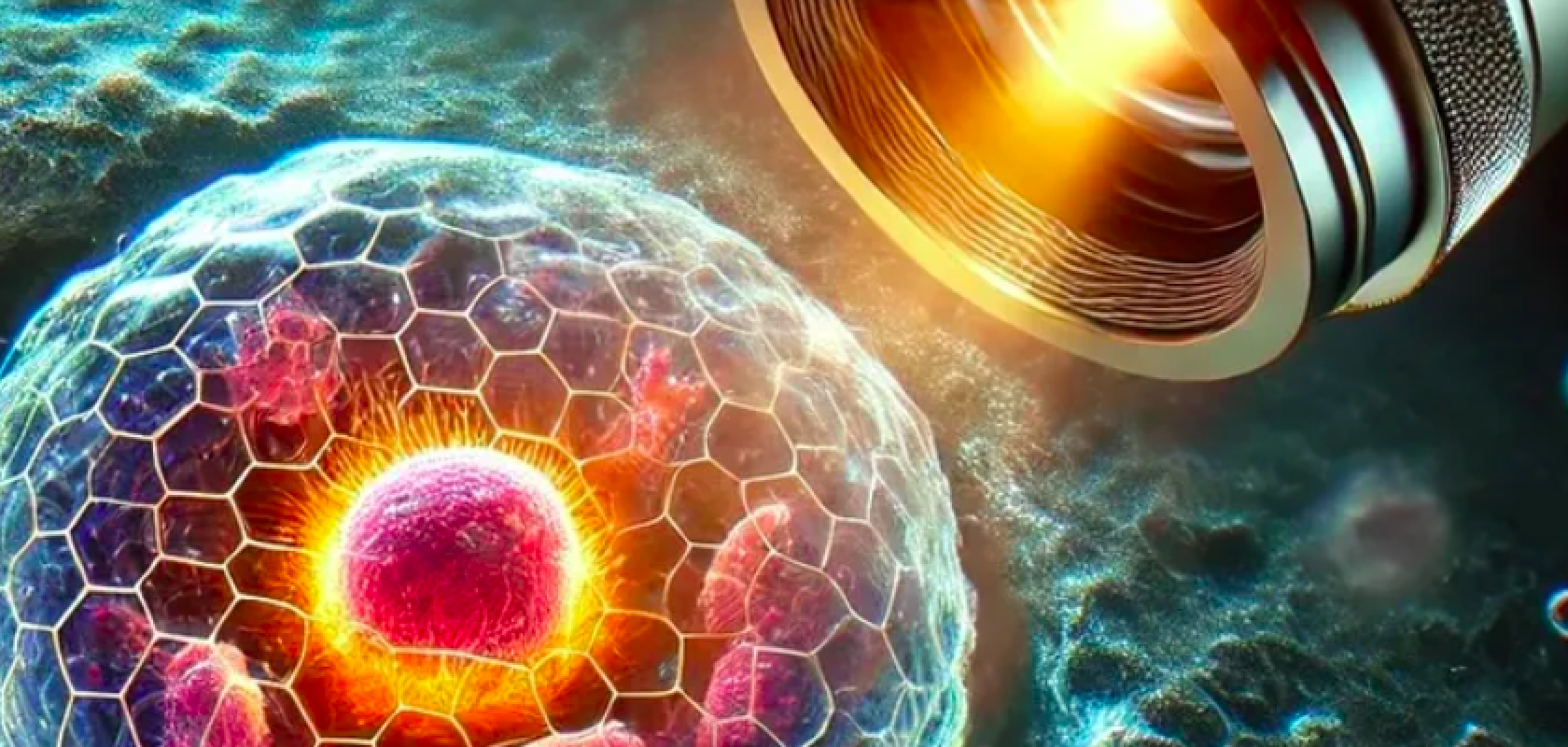Researchers from the University of Göttingen have detailed a new approach that can determine the particularly difficult-to-detect mechanical properties of the cell interior by taking a closer look.
The new method, outlined in Nature Materials, provides a means of determining the particularly difficult-to-detect mechanical properties of a cell’s interior by taking a closer look at the random fluctuating movement that all microscopic particles perform.
The researchers uncovered the new approach by simulating the expected fluctuations and then checking the predictions using optical laser traps that can precisely control microparticles. In doing so, the team were then able to analyse the movement of microscopic particles – with precision in the nanometer range and a time resolution of around 50μs.
The analysis is also able to take past movements into account. By investigating this, the researchers found that many objects always want to return to a certain place after having moved away randomly – a term that was coined the mean back relaxation (MBR).
MBR is seen as the object's fingerprint that contains information about the causes of the observed movements. Explaining this, Professor Matthias Krüger from the Institute of Theoretical Physics at the University of Göttingen said: "With MBR, we can obtain more information from the object movements than is possible with the usual approaches.”
As a result, MBR makes it possible for the first time to distinguish active processes from purely temperature-dependent processes (Brownian motion), allowing researchers to make statements about living cells.
Professor Timo Betz from the Third Institute of Physics, head of the experiments, commented: "As our knowledge of the inside of cells is still limited, it was initially unclear whether the MBR could also be used here. When I saw the resulting curves, I could hardly believe my eyes, because the inside of cells could be described very precisely using the approaches we had originally worked out for much simpler situations.”
Till Münker from the Third Institute of Physics, first author of the study, added to the amazement stating: "The results show that the combination of a close look and new, intelligent analysis methods can provide insights into whether the inside of cells is soft, hard or liquid.”


